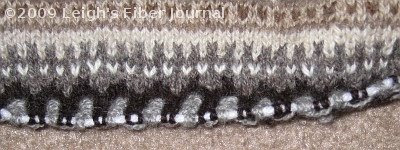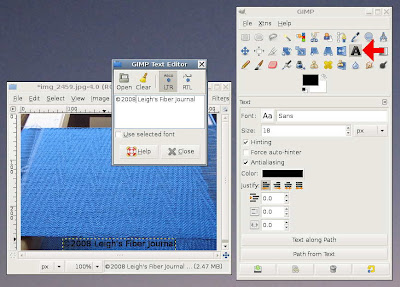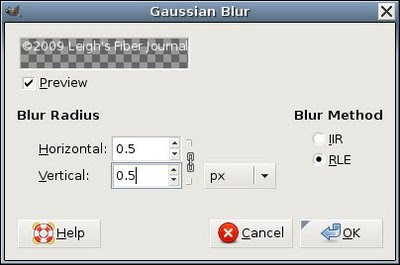My spring cleaning continues sporadically. As I've been sorting and reorganizing my stash, I've started to have second thoughts about my New Year's Resolution. And it's only the last day of January! Why is that? Because of this .....

All of these are various synthetic or synthetic blend yarns in my stash, not including the huge box of leftover Red Heart yarns. You may recall that my New Year's resolution was to weave only with natural fibers this year. But if I do that, what do I do about them? Throw them away? That's shameful stewardship. Knit with them? Possible, though not all are suitable for knitting. Give them away? Well, that's a possibility. Wait till 2010? Well....... Revise my resolution to, "I will not buy synthetic yarns in 2009", rather than "I will not weave with synthetic yarns in 2009 "? That's a possibility too.
Almost all of my yarns have come from mill ends and others' leftovers. While this is due to the economic feasibility of my being able to weave, it also suits my curious and exploratory creative style. I love designing from my stash, even though it sometimes requires a lot of deliberation to find colors and textures to suit the design I have in mind. I love that entire process.
But back to those particular yarns. The bottom line is that I can't bear to part with most of these, especially the novelty ones that I always hoped would provide a little visual zing to some of my weaving. Such as the outline weft in this honeycomb M's & O's sample. Or weaving blankets for Project Linus with the Red Heart because washability is a requirement to donate blankets. Then there are gifts for those who like my handweaving, but need something easy care.
*Big sigh*
I am now remembering why I don't make New Year's resolutions.
Related Posts:
2009: International Year of Natural Fibre
Almost all of my yarns have come from mill ends and others' leftovers. While this is due to the economic feasibility of my being able to weave, it also suits my curious and exploratory creative style. I love designing from my stash, even though it sometimes requires a lot of deliberation to find colors and textures to suit the design I have in mind. I love that entire process.
But back to those particular yarns. The bottom line is that I can't bear to part with most of these, especially the novelty ones that I always hoped would provide a little visual zing to some of my weaving. Such as the outline weft in this honeycomb M's & O's sample. Or weaving blankets for Project Linus with the Red Heart because washability is a requirement to donate blankets. Then there are gifts for those who like my handweaving, but need something easy care.
*Big sigh*
I am now remembering why I don't make New Year's resolutions.
© 31 Jan. 2009 at http://leighsfiberjournal.blogspot.com
Related Posts:
2009: International Year of Natural Fibre




















